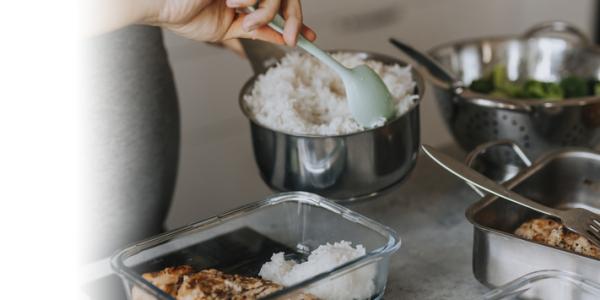


The term "meal prep" has become very trendy over the past few years, but it basically boils down to three components:
Batch cooking, on the other hand, takes it a step further and includes preparing large quantities of a recipe – or a specific ingredient that will be used in multiple recipes such as rice – in advanced so you only need to heat and/or defrost before eating. The most efficient meal planning generally involves both meal prepping and some batch cooking, but it all depends on your selected recipes and needs.
Both meal prepping and batch cooking require a lot of planning and organization. Searching for recipes, scheduling meals, compiling a shopping list, and preparing a week's worth of food at once may seem overwhelming and time-consuming at first, but it will quickly get easier. Plus, you'll immediately find that the upfront time investment pays off as the week progresses.
Ready to give it a try? Follow these tips to set yourself up for success:
This article first appeared in the September 2023 edition of the HealthPerks newsletter.

Identify your risk factors and what to do if you are at risk.